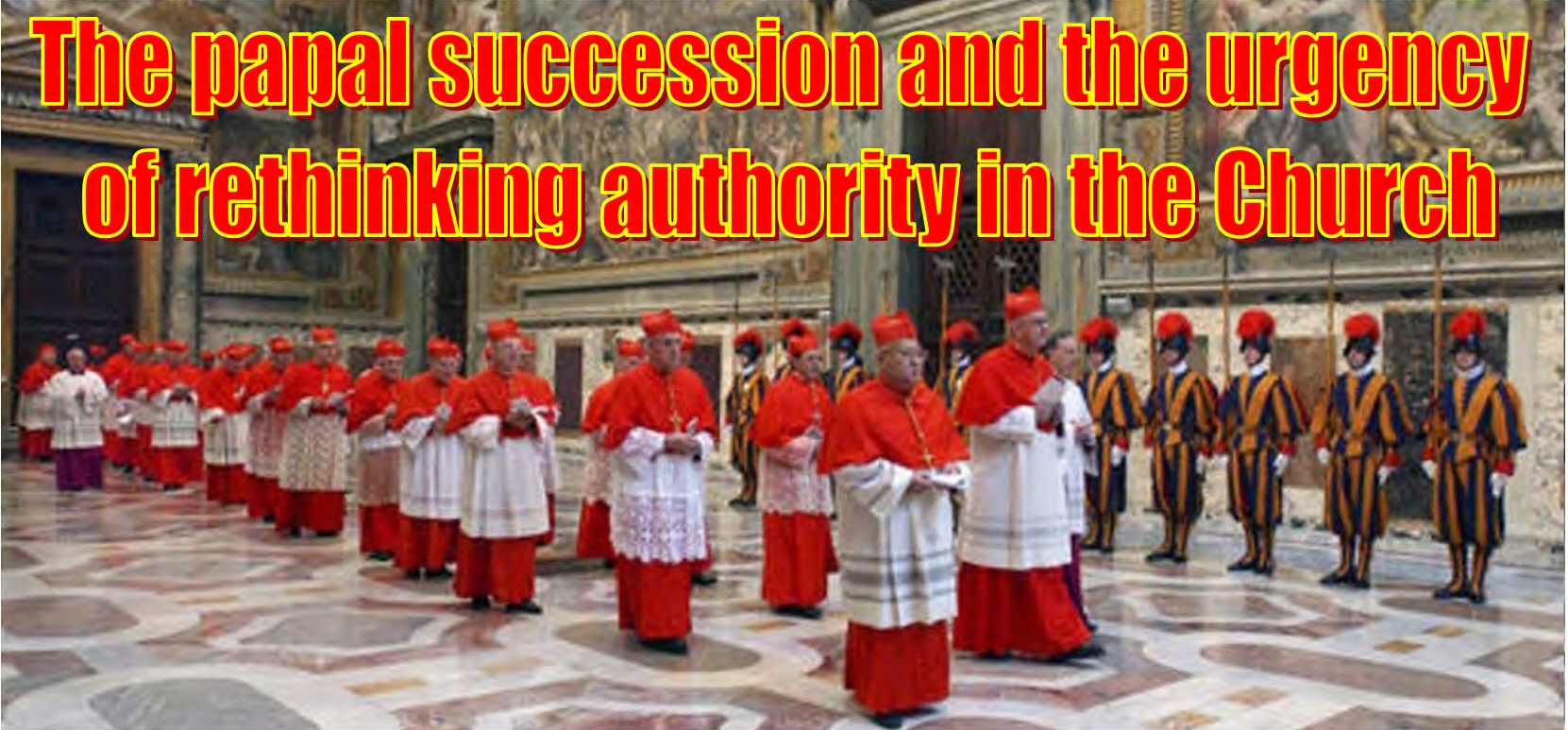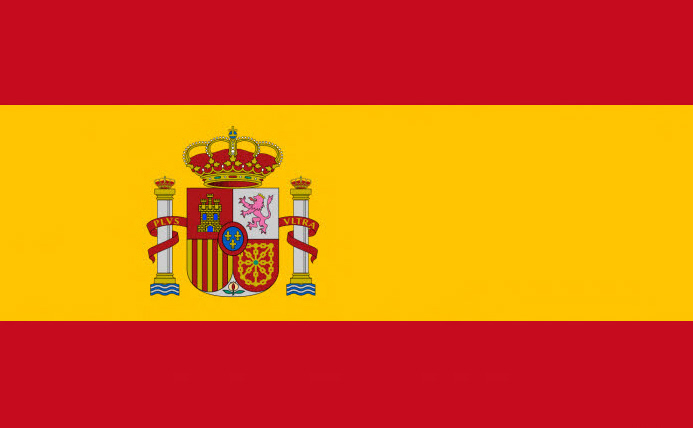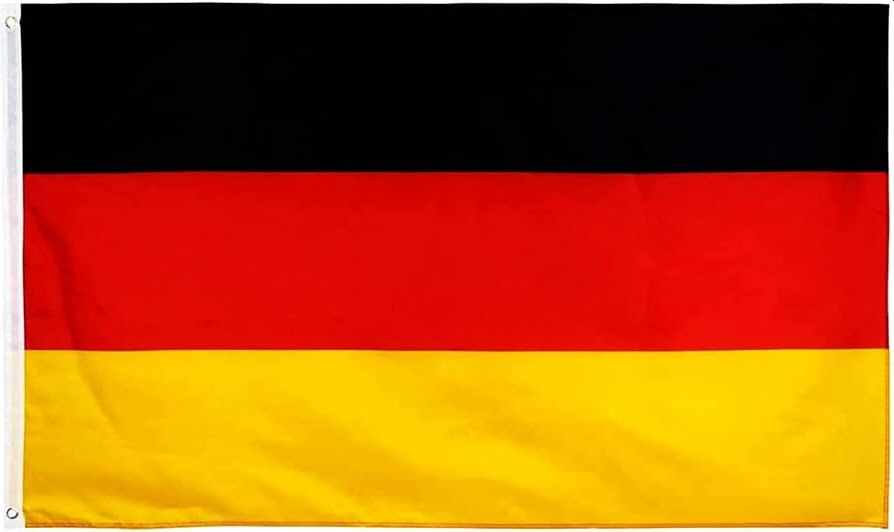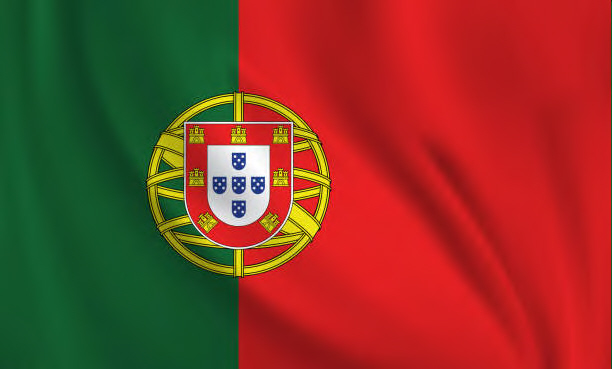









 | 








|
The recent change in the papacy has once again placed the Vatican at the center of global media attention. For weeks, the media has provided continuous coverage focused on the conclave process and the personal traits of the new pontiff. However, this media avalanche has overshadowed deeper and more urgent questions: How is authority exercised in the Catholic Church? What role do the faithful play in its organization? And to what extent does this structure reflect the spirit of the Gospel it claims to represent?
The way the media has handled the transition of the papacy illustrates a troubling trend: the trivialization of debate regarding the Church's institutional model. There has been enthusiastic speculation about whether the new pope will be a reformer or a traditionalist, whether he will come from the Global North or South, whether he will have a friendly or more doctrinal style. But the real underlying issue has been largely avoided: the structurally undemocratic and exclusionary nature of the current ecclesiastical system.
In the 21st century, the Church continues to operate under a hierarchical and vertical logic that excludes the vast majority of its members from decision-making processes. Laypeople—especially women—still have no real voice or vote in the bodies where pastoral, theological, and institutional directions are determined. Access to power is reserved exclusively for the ordained clergy, within a structure designed not for shared responsibility but for obedience.
This model is not only anachronistic compared to other social organizations that have embraced representative and participatory forms of governance, but it also directly contradicts the ecclesiology of the Second Vatican Council, which recovered the idea of the People of God as active participants in the life of the Church. Nonetheless, that conciliar insight has been systematically hindered by an institutional apparatus more concerned with preserving power than renewing it.
This hierarchical model did not emerge spontaneously. It was the result of centuries of institutional consolidation, during which the Church increasingly adopted characteristics far removed from the movement of Jesus. In that process, the prophetic and liberating core of the Gospel was gradually sidelined in favor of a structure focused on worship, liturgy, and doctrinal control. The role of the clergy was absolutized as the exclusive mediators between God and the people, while the Christian community was transformed into a passive audience, distanced from the transformative praxis of the Kingdom of God.
For long periods of its history, the Church devoted more energy to preserving external forms—rituals, solemnities, liturgical norms—than to embodying the good news to the poor, justice for the excluded, or prophetic denunciation of oppressive powers. This hypertrophy of cultic aspects over the communal and missionary continues to weigh down any authentic renewal. Recalling and reclaiming Jesus’ liberating project is a necessary condition for any serious attempt at ecclesial reform.
What is even more troubling is that this rigid structure is defended under a supposed divine legitimacy, presenting ecclesial power as unquestionable and unassailable. Yet the Gospel offers a radically different vision of authority. Jesus, far from exercising dominating power, presented himself as a servant: “Whoever wants to be first must be last of all and servant of all” (Mark 9:35). In his treatment of the marginalized, his critique of the religious powers of his time, and his way of calling the community together, Jesus relativized any form of authority that did not serve the common good.
Fidelity to the Gospel message cannot sustain an ecclesial structure that concentrates power in a clerical elite, excludes the plurality of charisms, and systematically marginalizes women. Rather, it demands a profound transformation toward a model of Church where authority is truly representative and exercised as service, not as privilege.
The mass of the faithful, for their part, seem to oscillate between resignation and cautious hope. Many sense that it is not enough to hope for a “good pope” or a more approachable style. What is at stake is much deeper: it is about discerning whether the Church is willing to embrace the consequences of the Gospel it proclaims and to reevaluate the power structures that prevent it from being fully lived.
In democratic societies, Catholics actively participate in political processes where they have rights, voice, and influence. Yet within their own Church, these same citizens are treated as subjects, with no effective channels of participation in the decisions that affect their faith community. This contradiction cries out for resolution. How much longer will we accept this ecclesial exception that denies believers what is recognized as just in other areas of life?
The change in the papacy should be an occasion to think deeply about these issues. This is not a secondary or merely organizational matter. It is a theological, evangelical, and pastoral question. Can we continue to defend a power structure that reflects neither the message of Jesus nor the dignity of the faithful? Can we continue to postpone a reform that has been called for by large sectors of the People of God for decades?
What is at stake is the very credibility of the Church and its ability to embody the Gospel in a world that needs living, open, and co-responsible communities. Perhaps it is time to stop waiting for change from above and begin building, from the ground up, a Church more faithful to its origins and freer from the burdens of institutionalized power.
